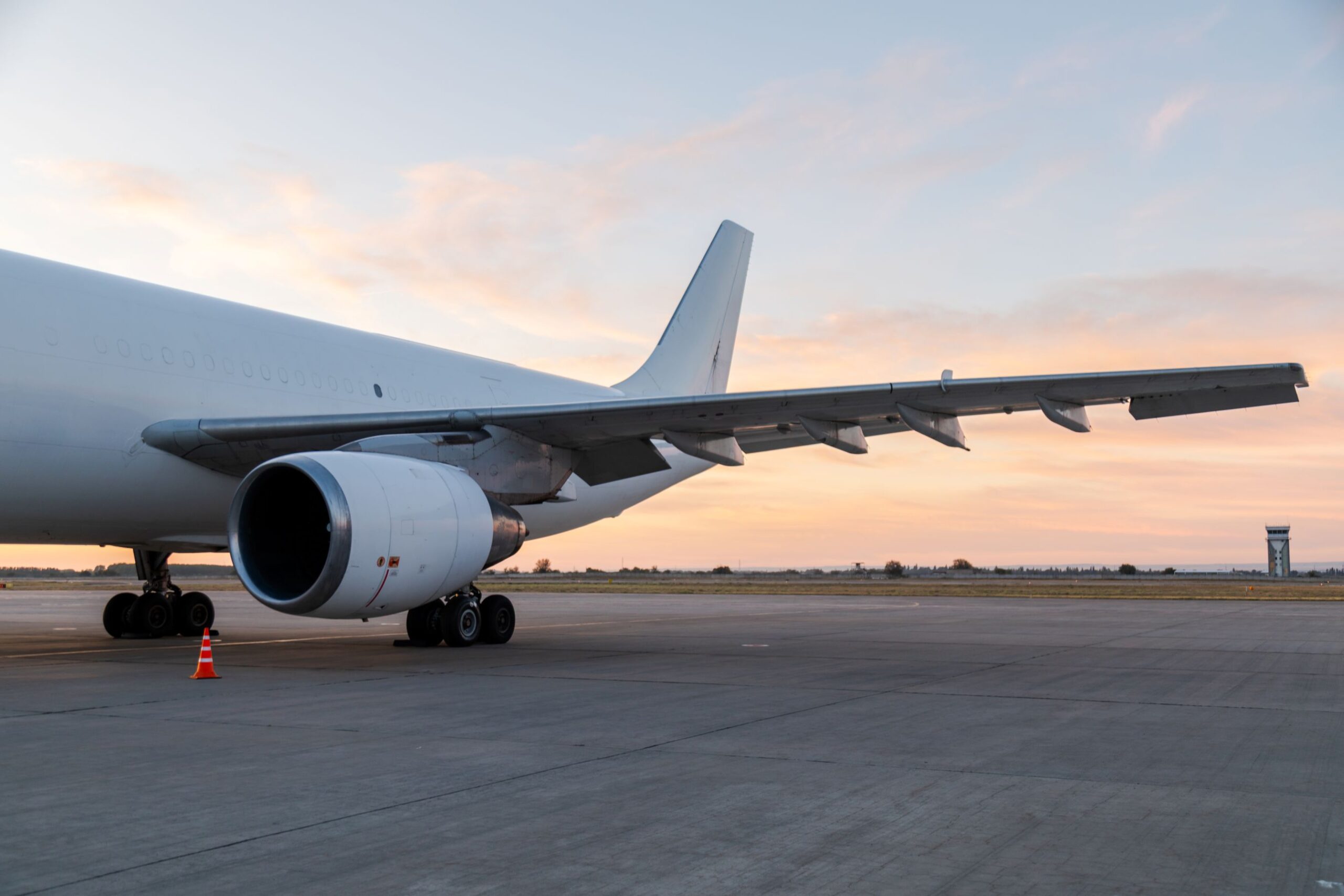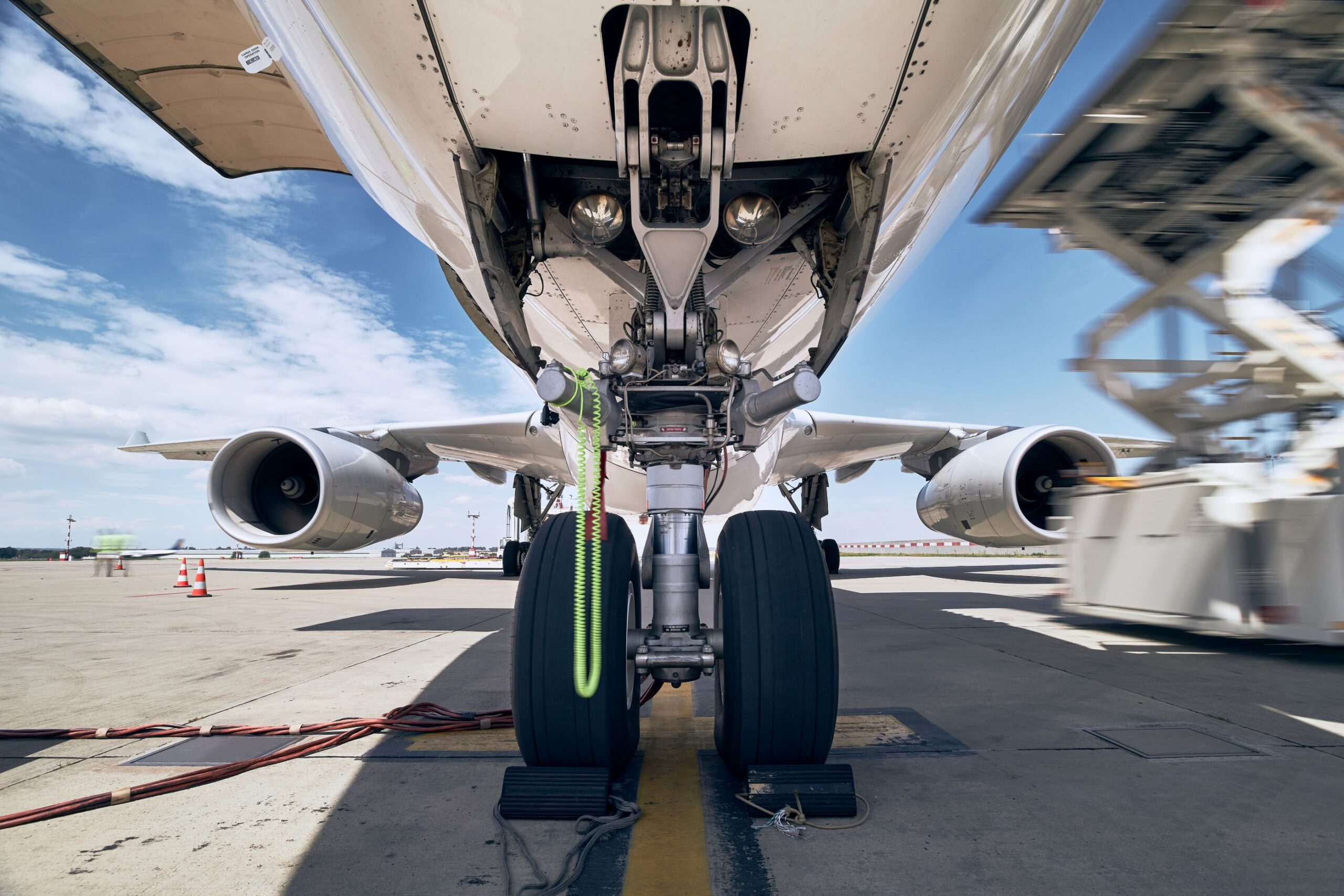The air cargo industry is evolving rapidly, and General Sales and Service Agents (GSSAs) are no exception. With advancements like AI in Air Cargo, these companies are transforming how they bridge airlines with cargo customers, making their operations even more critical to the global supply chain. Today, one technology is at the forefront of this transformation—artificial intelligence (AI). Specifically, predictive analytics powered by AI is shaping the future of GSSA operations, creating a more efficient, data-driven, and customer-focused industry.
The Growing Demand for Predictive Analytics in Air Cargo
The global air cargo market has become increasingly complex. Fluctuating demand, volatile rates, and the intricacies of international logistics present daily challenges for GSSAs. AI-driven predictive analytics provides a groundbreaking solution by using historical data, real-time updates, and algorithms to forecast outcomes with remarkable accuracy.
This technology allows GSSAs to be more proactive. From predicting cargo capacity utilization to streamlining pricing strategies, AI in air cargo is revolutionizing how these businesses meet evolving industry demands.
What Is Predictive Analytics?
Predictive analytics refers to the use of data, statistical algorithms, and machine learning (a subset of AI) to identify the likelihood of future outcomes based on historical and current data. Rather than simply understanding “what happened” or “what’s happening now,” predictive analytics dives deeper into “what could happen next.”
For GSSAs, deploying predictive analytics with AI in Air Cargo could mean better forecasting for key operations like demand planning, pricing optimization, and cargo routing. It empowers stakeholders with precise insights, helping them make informed, strategic decisions.
Benefits of Predictive Analytics in GSSA Operations
1. Optimized Capacity Utilization
One of the biggest challenges in air cargo is managing limited space effectively. For GSSAs, ensuring that every available cubic inch of an aircraft’s cargo hold is utilized efficiently can make or break profitability. Here’s how AI in air cargo optimizes capacity utilization:
- Forecasting Demand: AI models analyze market data to predict industry-specific trends. For instance, during peak seasons like holiday months, predictive analytics can help identify high-demand routes.
- Dynamic Allocation: AI can determine optimal space distribution across flights, ensuring underutilization and overbooking become things of the past.
2. Streamlined Pricing Strategies
Competitive pricing often determines a GSSA’s success. Predictive analytics uses machine learning to dynamically assess a variety of factors—such as market trends, competitor pricing, and customer demand—to recommend optimal rates.
Through AI in air cargo, GSSAs can manage their pricing in the following ways:
- Adapt rates in real time based on fluctuating demand patterns.
- Monitor competitors’ pricing strategies and act swiftly to remain competitive.
- Reduce the margin for error by analyzing historical pricing anomalies.
For example, a GSSA serving multiple carriers can use AI to adjust pricing regionally or operationally, ensuring profitability and competitiveness in different markets.
3. Improved Risk Management
Air cargo operations involve inherent risks, such as delivery delays, handling damage, and fluctuating fuel costs. Predictive analytics mitigates these risks by preempting likely scenarios and offering actionable insights.
- Delay Predictions: Machine learning algorithms analyze weather data, air traffic patterns, and route histories to anticipate potential delays.
- Operational Insights: Predictive modeling identifies where and when mishandling is likely to occur, enabling GSSAs to implement corrective measures beforehand.
For example, a predictive analytics system powered by AI in Air Cargo might flag risks for cargo spoilage during specific transit times, prompting the GSSA to recalibrate its transportation plans.
4. Enhanced Customer Experience
Ultimately, GSSAs are judged by their ability to meet customer expectations. AI in air cargo introduces unparalleled precision to various functions, helping operators provide reliable, transparent, and responsive service. Predictive analytics can forecast order delivery times, track shipment conditions, and even anticipate customer inquiries.
Key improvements in customer experience include:
- Proactive Notifications: Customers can receive updates about their shipments based on real-time predictive models.
- Tailored Solutions: GSSAs can offer services based on individual customer needs, creating a more satisfying experience.
5. Data-Driven Decision Making
AI isn’t just solving short-term operational challenges; it’s empowering GSSA leaders to take a more strategic approach. Predictive analytics offers executives a bird’s-eye view of trends affecting their business operations, from economic shifts to regulatory changes. By leveraging this technology, decision-makers can anticipate and adapt to market demands efficiently.
Real-World Applications of AI in Air Cargo
Lufthansa and Dynamic Pricing
Lufthansa Cargo is one of the few companies leading in the use of AI for air cargo operations. They employ advanced predictive analytics tools to alter their pricing dynamically, based on time-sensitive demand fluctuations. This ensures maximum revenue optimization while staying competitive in the market.
DHL and Predictive Planning
Logistics giant DHL adopted an AI-powered platform for cargo movement planning. The system effectively forecasts global shipping demands, reducing waste and increasing efficiency throughout their supply chain. GSSAs leveraging similar tools could emulate this level of operational foresight.
The Road Ahead for GSSAs
While the advantages are clear, implementing predictive analytics—and broader AI systems—isn’t without its challenges. GSSAs face barriers such as investment costs, technological infrastructure, and employee training.
However, the long-term benefits more than justify these initial hurdles. The adoption of AI in air cargo promises not only to transform GSSA operations but also to elevate the air cargo industry as a whole. By leveraging this technology, GSSAs can position themselves as data-driven innovators, remaining relevant in an increasingly competitive landscape.
Future Trends
Looking forward, we’re likely to see more specialized AI solutions tailored to cargo logistics. AI may soon automate entire GSSA functions like contract management and compliance checks, freeing professionals to focus on strategic business growth. Additionally, the integration of predictive analytics with IoT (Internet of Things) devices could further enhance cargo monitoring and tracking capabilities.
Why Now Is the Time to Invest in AI for GSSAs
The world of air cargo is undergoing a monumental shift, and GSSAs must evolve to keep pace. The stakes are high—those who fail to harness the potential of AI risk falling behind competitors equipped with cutting-edge tools. On the other hand, those willing to invest in predictive analytics will gain a competitive edge, unlocking new levels of operational efficiency and customer satisfaction.
Whether it’s dynamic pricing, enhanced risk mitigation, or better customer service, AI in air cargo is the future of GSSA operations. The time to act is now.
By leveraging predictive analytics, the field of AI in air cargo is leading the charge toward a brighter, smarter future. How will your GSSA operation adapt to this revolution? If you’re ready to take your operations to the next level, now is your window of opportunity.





